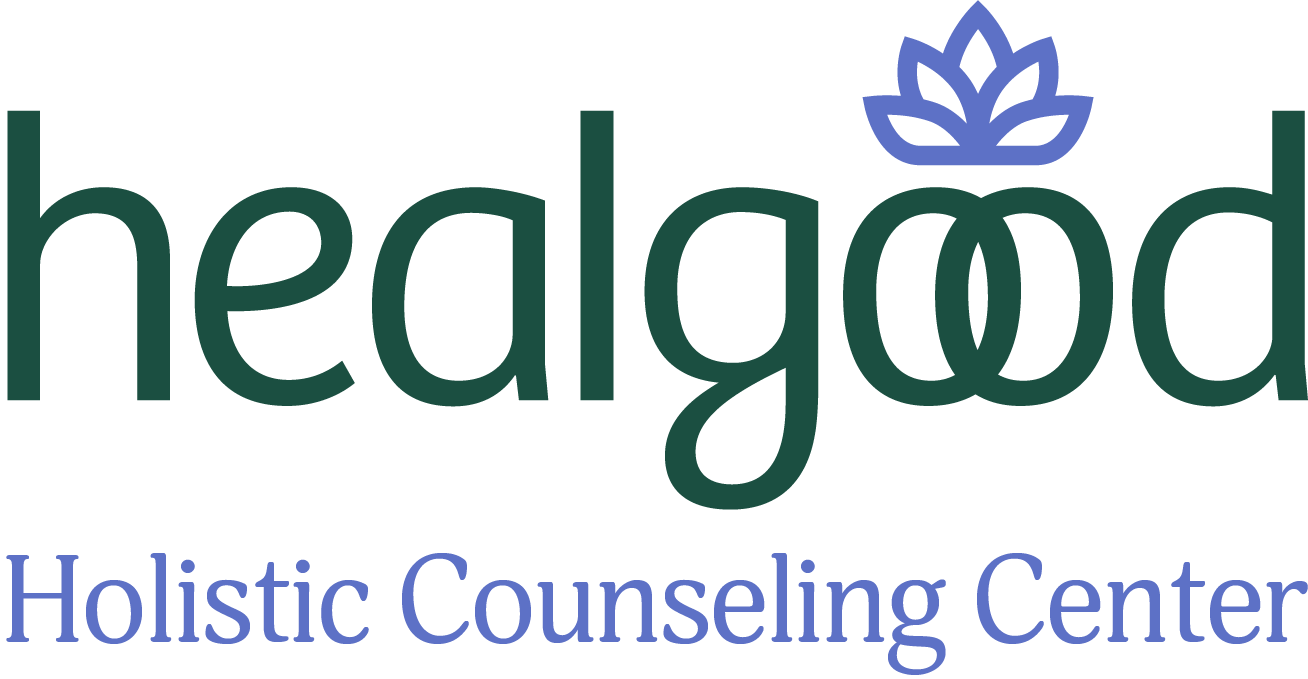Teens & self-harm: What it is and isn’t
At Healgood, one area that we specialize in is working with young people. One behavior that feels particularly worrisome for a teen’s parents, teachers, friends, and family is self-harm. Reducing stigma around self-harm behavior is important in order for young people are able to the seek support that they need. In order to reduce stigma, we are here to discuss what exactly is self-harm (and isn’t).
What is Self-Harm?
Self-harm is any intentional behavior that causes damage, mutilation, or destruction of the body without suicidal intent.
Types of Self-Harm
Cutting
Overdosing
Burning or scalding
Swallowing dangerous objects or substances
Skin picking or scratching
Biting or bruising
Hair pulling
Head-banging
Why Teens are Vulnerable to Self-Harm
In my experience, I find that teens are particularly vulnerable to self-harm. The primary reason being that the teen years are naturally a time of emotional highs and lows.
On top of that, teens have not yet had the opportunity to develop adaptive, healthy coping skills to help manage intense emotions, negative thoughts, or life stressors.
During the teen years, we tend to lack the larger context that we all develop as we mature. As teens, it is difficult to recognize the temporary nature of intense emotions. In “big emotion” moments, emotional pain and distress is all there is. It seems impossible to see beyond the emotion, much less a way out of it.
There are many complex reasons teens may self-harm, here are some common reasons:
Trying to regulate big emotions (anxiety, depression, shame, guilt, anger, etc.)
Distract from an intolerable thought, feeling, or situation
Stimulate the body’s physiological pain-relief response in order to feel relief
Asserting autonomy; setting boundaries between self and others; or to feel a sense of control over his or her body, feelings or life situations
Feel something — anything — even if it's physical pain, when feeling emotionally empty
Express internal feelings in an external way
Communicate depression or distressful feelings to the outside world
Be punished for perceived faults
Teens & Self-Harm Statistics
Only about 1 in 8 of teens who self-harm seek treatment.
Therefore, the majority of self-harm behavior is omitted from official statistics.
Community studies in high-income countries consistently report that approximately 10% of young people report having self-harmed at least once in their lives.
Self-harm is more commonly reported by females than males.
Cutting is the most commonly reported form of self-harm, followed by poisoning or overdosing.
Self-harm in young people has been studied less in low- and middle- income countries (LMICs), but the available evidence suggests that it might be equally, if not more, common than it is in high-income countries. A recent systematic review of self-harm in young people in LMICs reported that approximately 15-31% of 12-to-25 year-olds reported self-harming.
In the general population it has been reported that approximately 4% of adults, 13-45% of adolescents, and 14-35% of college students have a recent history of self-harm.
Long-term studies have found that most young people who self-harm during adolescence no longer self-harm by the time they enter their young adult years.
Teens who struggle with depression, anxiety, eating disorders, or borderline personality traits are more likely to struggle with self-harm behaviors.
Teens with a history of trauma or abuse (physical, emotional, sexual) are more likely struggle with self-harm behaviors.
Signs and symptoms of self-harm may include:
Scars
Fresh cuts, scratches, bruises or other wounds
Excessive rubbing of skin to create a burn
Possession of sharp objects
Wearing long sleeves or pants, despite warm or hot weather
Difficulties in interpersonal relationships
Persistent questions about personal identity, such as "Who am I?" "What am I doing here?"
Behavioral and emotional instability, impulsivity and unpredictability
Statements of helplessness, hopelessness or worthlessness
What self-harm isn’t: Teens, Self-Harm, and Suicide
While it is more likely that teens who engage in self-harm are more likely to struggle with suicidality, it is important to distinguish self-harm from suicidality.
Those who engage in self-harming behaviors do so to regulate their emotions, relieve or distract themselves from pain, or to stimulate a pain-relief response within the body. While the behaviors are intentional acts used to inflict damage, there’s no real or immediate desire to die. On the other hand, suicidal adolescents do have that urge. In other words, the intent is to end their own life.
Treatment: Discovering Healthy Coping
Treatment of self-harm behaviors includes developing healthy coping skills that help regulate emotions and tolerate distress. Dialectical Behavior Therapy (DBT), is an empirically backed cognitive-behavioral treatment modality used to help teens decrease self-harm behaviors and increase healthy coping.
If your teen is self-harming, it is scary, yet know that treatment is available. The sooner treatment begins, the more likely a positive outcome will be reached.
If your friend or loved one is self-harming, please reach out for support. It can be difficult to know how to approach someone you suspect is self-harming or know how to best support them. A licensed mental health professional that specializes in teens who self-harm will be able to best assist you and your teen in getting the support and treatment they need.
Chelsea Fielder-Jenks, LPC-S, CEDS-S
Healgood Founder and Therapist
Follow Healgood on Instagram and Facebook



